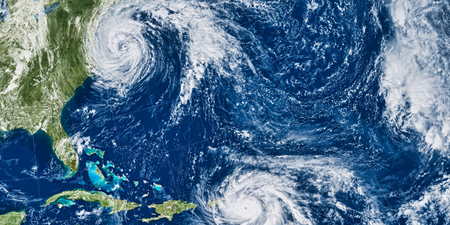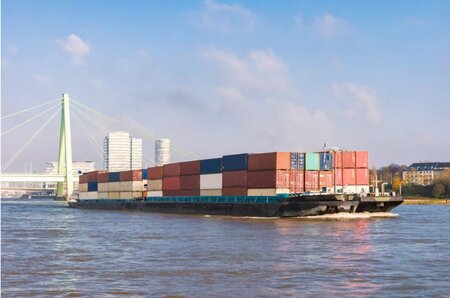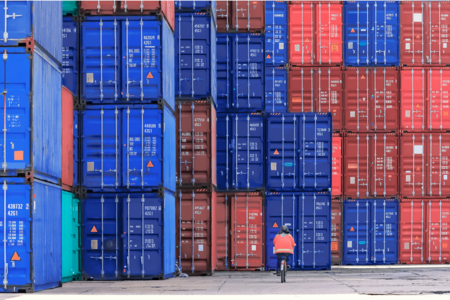What is climate change?
Climate change refers to long-term alterations in Earth's average weather patterns, primarily driven by the increase in greenhouse gas concentrations in the atmosphere. These gases, such as carbon dioxide (CO2), methane (CH4), and nitrous oxide (N2O), trap heat from the sun that would otherwise escape into space, leading to a warming of the planet.
Tackling climate change
Efforts to address climate change involve both mitigation and adaptation strategies. Mitigation aims to reduce greenhouse gas emissions through measures like transitioning to renewable energy sources, improving energy efficiency, and reforestation. Adaptation involves adjusting to the current and anticipated impacts of climate change, such as building infrastructure to withstand extreme weather events and implementing water management strategies.
International agreements, such as the 2015 Paris Agreement, aim to unite countries in their efforts to limit global warming to well below 2 degrees Celsius above pre-industrial levels. Countries commit to setting and achieving their own emission reduction targets.
Addressing climate change is a complex global challenge due to its interconnected nature and the need for coordinated action across countries, industries, and sectors. Balancing economic growth with environmental sustainability remains a critical consideration.
Contact us
Effects of climate change

Greenhouse effect
Certain gases in the Earth's atmosphere act like a blanket, trapping heat and keeping the planet's surface warmer than it would be otherwise. This natural process is essential for supporting life on Earth. However, human activities, such as burning fossil fuels (coal, oil, and natural gas) and deforestation, have significantly increased the concentrations of these greenhouse gases, intensifying the natural greenhouse effect.
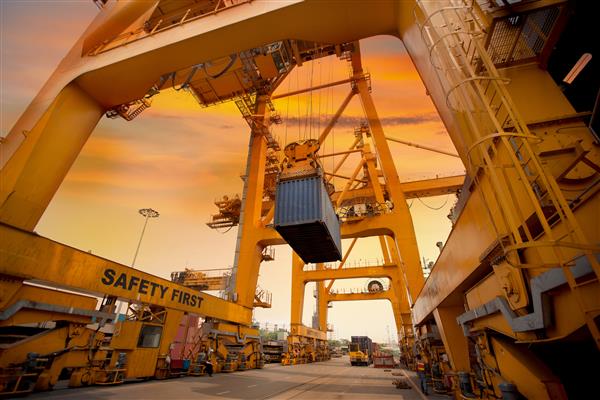
Global warming
The increase in greenhouse gases has led to an enhanced greenhouse effect, resulting in global warming. This warming is reflected in rising average global temperatures. Since the late 19th century, the Earth's average surface temperature has risen by about 1.2 degrees Celsius (2.2 degrees Fahrenheit).
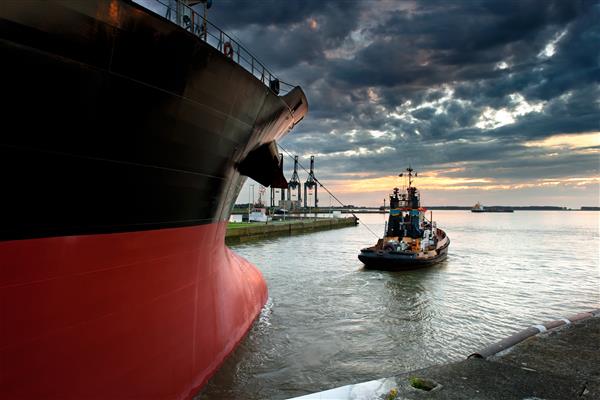
Impacts on weather patterns
Climate change can lead to shifts in weather patterns, including more frequent and intense heatwaves, droughts, flash flooding and storms. These changes can have profound effects on ecosystems, agriculture, water resources, and human settlements.
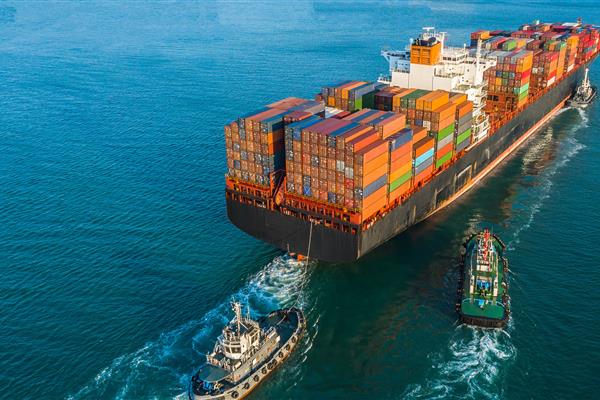
Sea level rise
As temperatures rise, ice sheets and glaciers melt, causing sea levels to rise. Thermal expansion of seawater also contributes to this rise. Higher sea levels can lead to coastal erosion, increased flooding during storms, and the loss of habitable land. Global mean sea level has risen more than 8 inches (21 centimeters) since the 19th century.
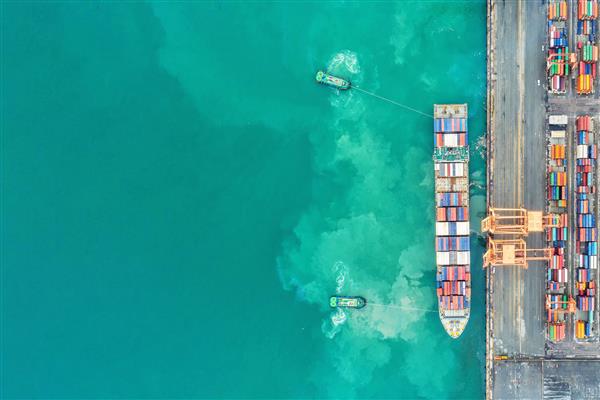
Ocean acidification
The oceans absorb a significant portion of the excess CO2 in the atmosphere. This causes the oceans to become more acidic, which can harm marine ecosystems, particularly coral reefs and shellfish, by affecting their ability to build and maintain their calcium carbonate structures.

Biodiversity loss
Climate change can disrupt ecosystems and habitats, leading to shifts in species distributions and potential extinctions. Many species may struggle to adapt to rapidly changing conditions, impacting biodiversity and ecological balance.
Human health
Climate change can indirectly affect human health through increased heat-related illnesses, the spread of diseases carried by insects like mosquitoes, and reduced air quality due to higher ozone levels and air pollution.



